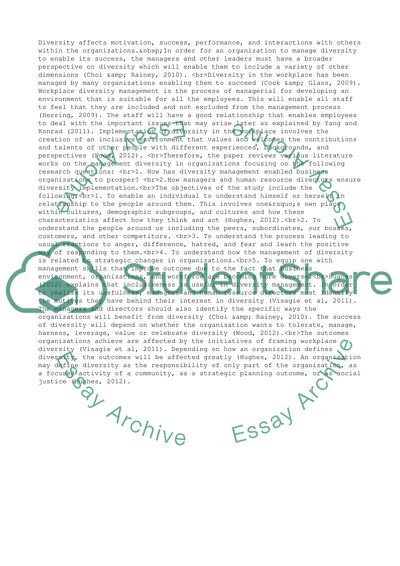Cite this document
(“Critical Literature Review for Organizing for Success”, n.d.)
Critical Literature Review for Organizing for Success. Retrieved from https://studentshare.org/business/1470757-critical-literature-review-for-organizing-for
Critical Literature Review for Organizing for Success. Retrieved from https://studentshare.org/business/1470757-critical-literature-review-for-organizing-for
(Critical Literature Review for Organizing for Success)
Critical Literature Review for Organizing for Success. https://studentshare.org/business/1470757-critical-literature-review-for-organizing-for.
Critical Literature Review for Organizing for Success. https://studentshare.org/business/1470757-critical-literature-review-for-organizing-for.
“Critical Literature Review for Organizing for Success”, n.d. https://studentshare.org/business/1470757-critical-literature-review-for-organizing-for.


